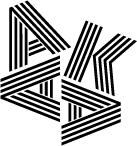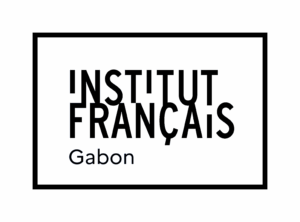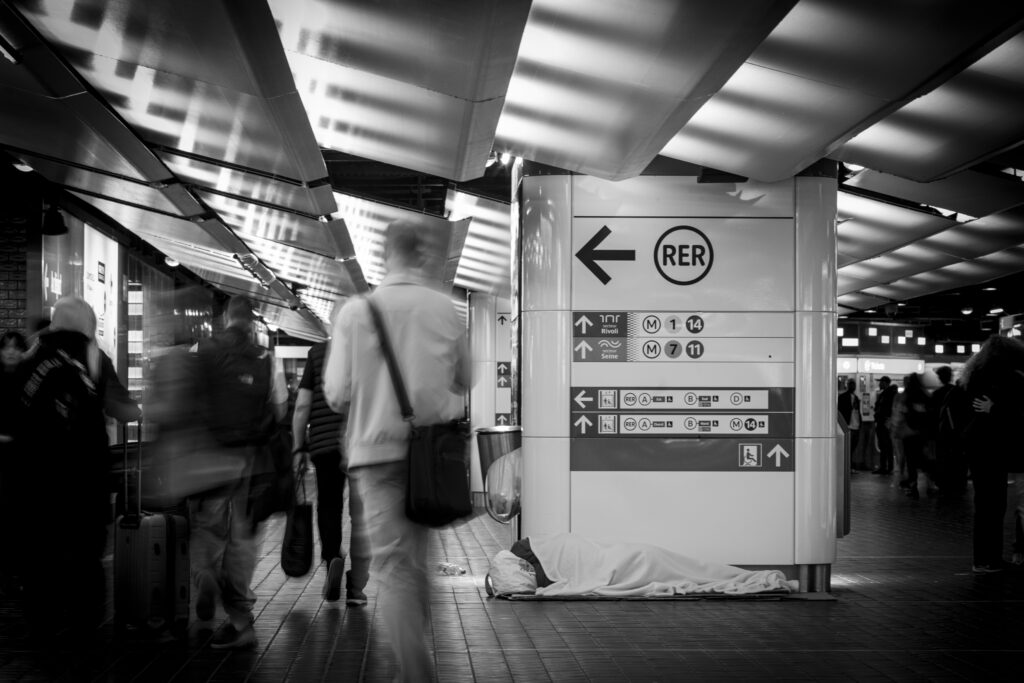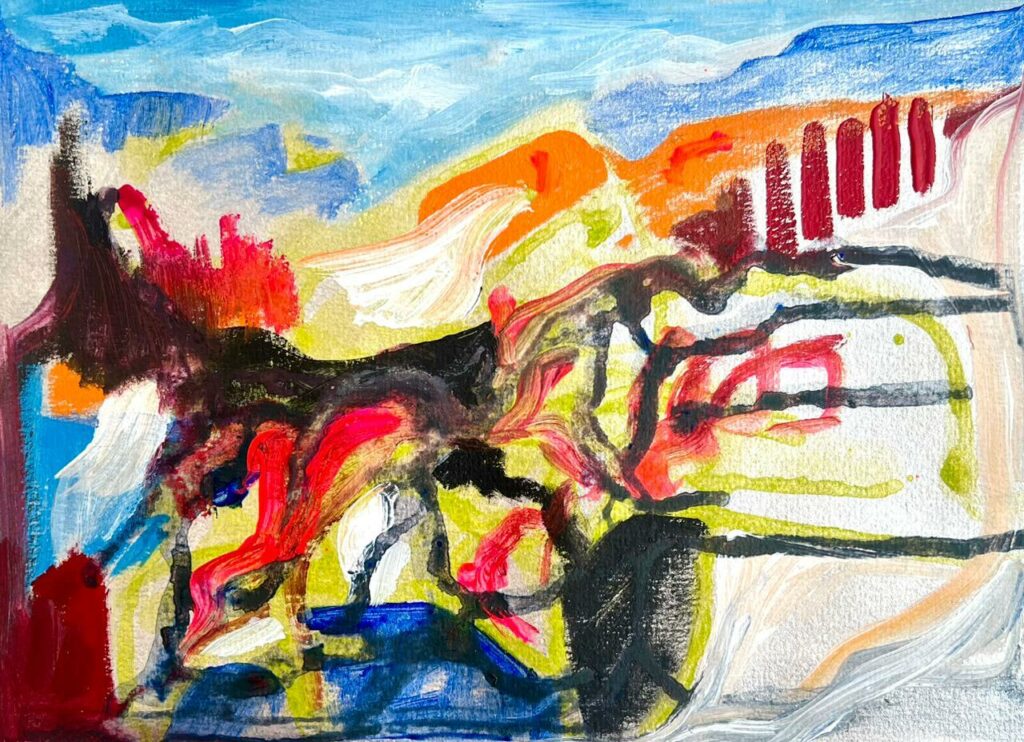In 2024, the French Institute of Gabon (IFG) hosted the “Duvangu” artist residency inside the former French Embassy in Libreville.
A place steeped in Franco-Gabonese history, the site was reimagined as a space for experimentation and symbolic reappropriation. Over thirty artists from Gabon, France, and neighboring countries transformed the building into a creative laboratory, infusing it with their imagination while engaging in an act of remembrance and cultural transmission. Among them, Julie Mvie (Gabon) and Catarina Neto Barroso (São Tomé) stood out with projects at the crossroads of artistic research, history, and repair.
This residency—an expression of IFG’s commitment to contemporary African art—helped forge lasting connections between artists, communities, and audiences, while highlighting the voices of Gabon and São Tomé beyond their borders. Both artists were later selected for “Duvangu 2,” a two-and-a-half-month residency at POUSH in Paris, in May–June 2025. There, their work will once again come into focus, drawing the attention of the AKAA fair’s curatorial team.
Building on this momentum, IFG will present their work at the 10th anniversary edition of AKAA, under the curatorship of Vanessa Tess Odongui-Bonnard, herself a “Duvangu” resident artist and curator based in Gabon. At IFG’s booth, visitors will discover Les Ombres, a black-and-white photographic series by Julie Mvie. Through blurred overlays and layered contrasts, the artist explores the fragile line between visibility and invisibility, presence and absence, particularly in the lives of people experiencing homelessness. Her practice is grounded yet poetic, marked by restraint: not speaking for others, but offering images that spark questions and broaden the way we see.
The booth will also feature the Abstract Series of Catarina Neto Barroso, rooted in abstraction as a field of sensory and conceptual exploration. Color, form, and emptiness interact to probe the boundaries between perception and meaning. Neto Barroso translates inner states—fragmented memories, interrupted gestures, heavy silences—into visual structures that resist linear storytelling. Rather than depicting the visible, she creates spaces where vision drifts, recognition pauses, and perception slips into feeling. Through layers, intentional stains, and chance encounters, she builds surfaces that both reveal and conceal, inviting each viewer to project their own experience and engage in an intimate dialogue with the work.



